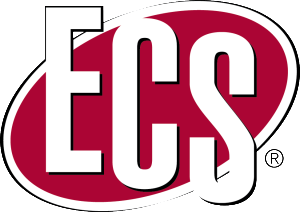Offshore wind farms in the United States have been met with a lot of resistance. While countries such as Europe have roughly 2,488 off shore wind turbines up and running, America has none.
Cape Wind – an initiative in offshore wind farms out of Massachusetts – has been attempting to establish their 130-turbine project for quite some time now, but have not been able to cut through the red tape.
While the outlook for the Cape Wind project appears to be grim, another initiative is rising in the ranks and is determined to get the United States on the offshore wind farm scoreboard.


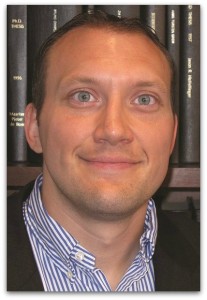
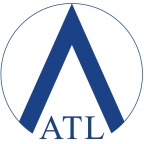 Ningde Amperex Technology Ltd. (ATL, China) is announcing a funding opportunity for researchers actively engaged in rechargeable lithium battery technologies. They are offering $100,000-$500,000 to selected projects addressing current problems associated with lithium metal anodes and proposing viable solutions for the commercialization of long-life, high-performance lithium metal secondary batteries for high energy density applications.
Ningde Amperex Technology Ltd. (ATL, China) is announcing a funding opportunity for researchers actively engaged in rechargeable lithium battery technologies. They are offering $100,000-$500,000 to selected projects addressing current problems associated with lithium metal anodes and proposing viable solutions for the commercialization of long-life, high-performance lithium metal secondary batteries for high energy density applications.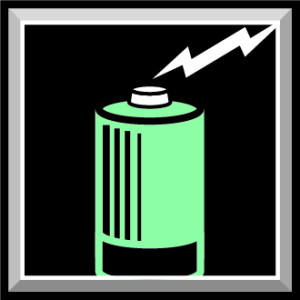
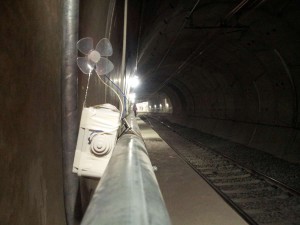
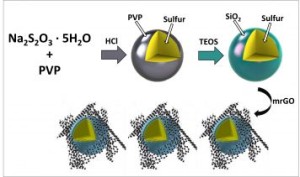
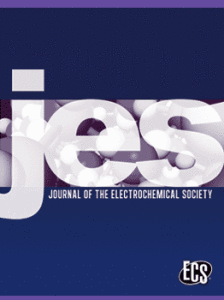 Electrochemical Interfaces in Energy Storage Systems
Electrochemical Interfaces in Energy Storage Systems